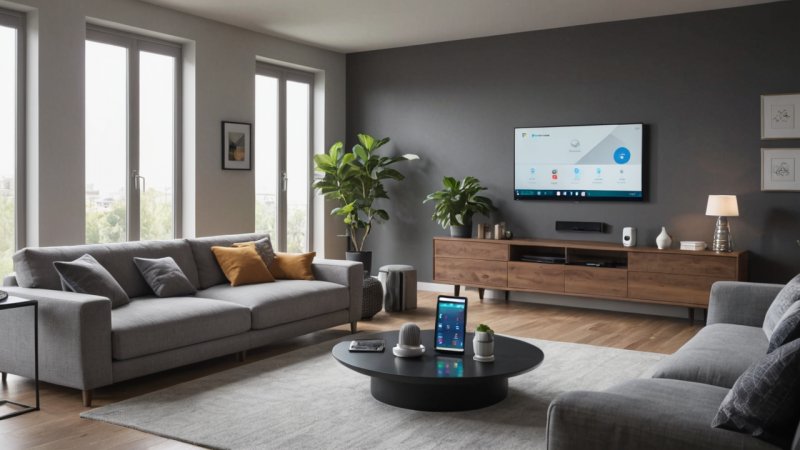As technology continues to evolve, smart home devices have become a staple in modern living. However, with a multitude of brands and systems available, ensuring compatibility among these devices can be challenging. This article will guide you through the essential steps to help you create a seamless smart home experience.
The first step in ensuring compatibility is understanding the different communication protocols used by smart home devices. Common protocols include Wi-Fi, Zigbee, Z-Wave, and Bluetooth. Each of these has its own advantages and limitations. For instance, Wi-Fi devices are easy to set up but can be bandwidth-heavy, while Zigbee and Z-Wave are designed for low-power, low-data communication, which is ideal for battery-operated devices.
When choosing devices, always check if they are compatible with a central hub. A hub acts as the brain of your smart home, allowing different devices to communicate with one another. Popular hubs include SmartThings, Amazon Echo Plus, and Apple HomePod. These hubs typically support multiple protocols, making it easier to integrate various brands and types of devices.
Another critical factor to consider is the ecosystem of your smart home. Some users prefer to stick to a single brand, such as Google Nest or Amazon Alexa, for all their devices. This can simplify setup and ensure that all devices work together seamlessly. However, diversifying brands can also lead to finding the best features and prices among different products. Just make sure that the devices you choose are compatible with your chosen ecosystem.
Once you have selected your devices, it is vital to conduct a compatibility check. Many manufacturers provide compatibility lists on their websites. Furthermore, online forums and user reviews can offer insights into real-world compatibility experiences. Engaging with these communities can help you learn from others' successes and challenges.
Don't forget to consider software compatibility as well. Many smart home devices require companion apps for setup and control. Ensure that these apps are user-friendly and compatible with your smartphone or tablet's operating system. Also, keep in mind that regular software updates can improve compatibility and security over time.
Lastly, remember that not all devices need to work together perfectly. You can have devices that perform specific functions independently. For instance, having a smart thermostat that doesn’t interact with your smart light bulbs is okay if both serve their respective purposes effectively. The key is to enhance your lifestyle without becoming overwhelmed by the technology.
In conclusion, ensuring compatibility among smart home devices involves understanding communication protocols, choosing the right hub or ecosystem, conducting thorough compatibility checks, and being adaptable in your device selections. By following these guidelines, you can create a smart home that not only meets your needs but also enhances your daily life.






